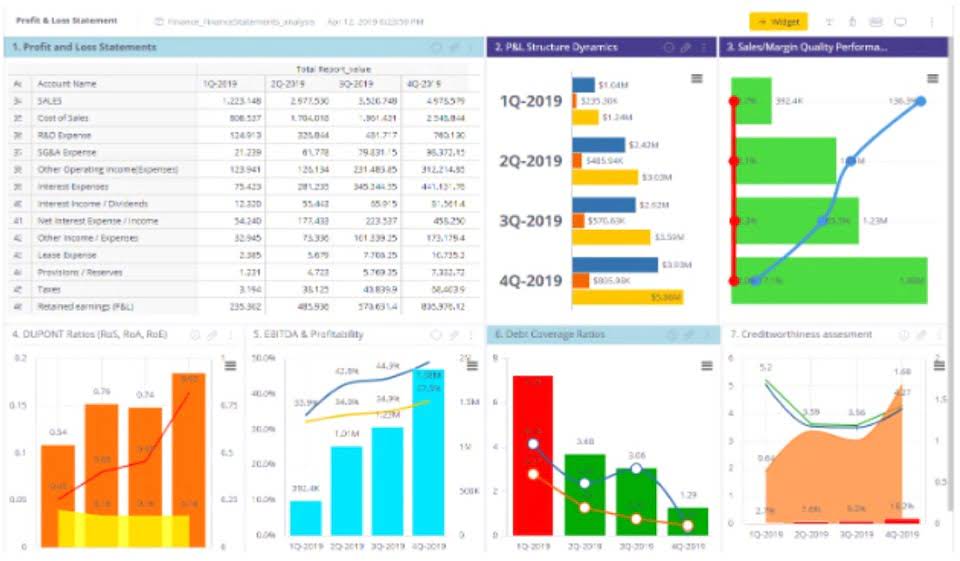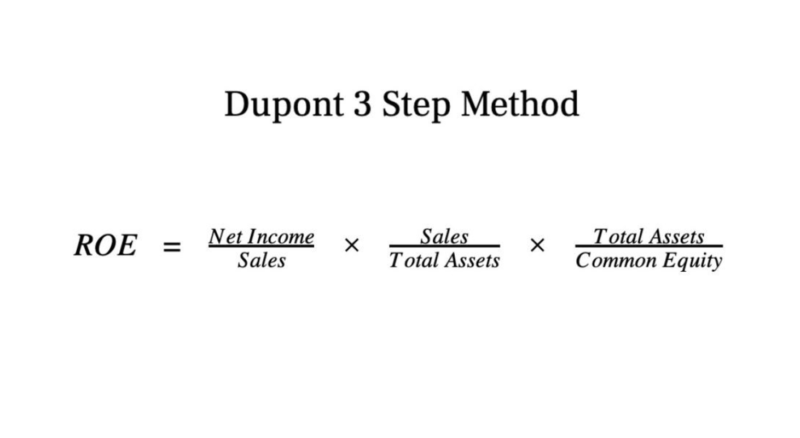
Businesses use it to see how well they can cover fixed costs and make profits from their sales. As a business owner, you’ve likely prepared a traditional income statement, with the usual line items for revenue and expenses, with net income on the bottom line. The contribution margin and the variable cost can be expressed in the revenue percentage. These are called the contribution margin ratio and variable cost ratio, respectively. This metric is typically used to calculate the break even point of a production process and set the pricing of a product. They also use this to forecast the profits of the budgeted production numbers after the prices have been set.
- In the case of XYZ Widgets Inc., a contribution margin of $300,000 and annual fixed costs of $100,000 would give a total income before tax of $200,000.
- Variable expenses are costs that change when a company makes more or sells more stuff.
- By doing this, we see the gross profit margin, which helps businesses decide on pricing and how to manage costs to generate more money.
- After we know the variable expenses, we can calculate the contribution margin ratio.
- Fixed costs are costs that may change over time, but they are not related to the output levels.
Examples of Contribution Margin Income Statement

For instance, if the costs of sugar and cups for your lemonade stand go up, you’ll have less money left over from each sale. This is crucial for a business to understand because it helps them see which products are really making money and which might be losing money. A contribution margin income statement, on the other hand, is a purely management oriented format of presenting revenues and expenses that helps in various revenues and expense related decision making processes. For example, a multi-product company can measure profitability of each product by preparing a product viz contribution margin income statement and decide which product to continue and which one to drop. Companies are not required to present such statements to any external party, so there is no need to follow GAAP or IAS.

Example 2 – multi product company:
- This ratio evaluates the efficiency of a company’s cost structure and pricing strategy.
- Then, further fixed expenses are deducted from the contribution to get the net profit/loss of the business entity.
- As you can see, this format is very different from the traditional income statement format because cost of goods sold is not listed and gross margin is not calculated on the report.
- It’s important to note this is a very simplified look at a contribution margin income statement format.
- This ratio also tells us about the company as a whole, like how well it can pay for operating expenses and earn money.
- But if you’d like to dig deeper and shed light on how costs affect your profit, a contribution format income statement can help.
This enhanced visibility aids in better decision-making, effective break-even analysis, and strategic profit planning, ultimately contributing to the financial health and growth of a business. https://www.bookstime.com/ Variable costs are not typically reported on general purpose financial statements as a separate category. Thus, you will need to scan the income statement for variable costs and tally the list.

Understanding Currency Translation: The Temporal Method Explained
Plus, any extra goes straight into the profit column – that’s why keeping an eye on this number makes such a difference for success. Financial statements are tools for solving this mystery, but they can be tricky ledger account to understand. It’s not just another boring document – it shines a spotlight on how sales and costs dance together.

The contribution margin income statement shown in panel B of Figure 5.7 clearly indicates which costs are variable and which are fixed. Recall that the variable cost per unit remains constant, and variable costs in total change in proportion to changes in activity. Thus total variable cost of goods sold is $320,520, and total variable selling and administrative costs are $54,000. These two amounts are combined to calculate total variable costs of $374,520, as shown in panel B of Figure 5.7.
Calculating Your Contribution Margin
- The variable costs (raw materials, packaging, commissions) total $50,000, leaving a contribution margin of $50,000.
- To calculate the contribution margin ratio, subtract variable costs from sales revenue to find the contribution margin.
- In short, understanding variable costs and how they relate to the contribution margin is key for any business.
- You can connect with a licensed CPA or EA who can file your business tax returns.
Next, formulate essential calculations using Excel’s robust formula capabilities, such as SUM and IF functions, to automate key metrics like contribution margin and operating income. These formulas dynamically update as new data is entered, minimizing manual errors and allowing for real-time financial performance analysis. You can’t contribution format income statement directly calculate the contribution margin from the EBIT figure, without a breakdown of the fixed and variable costs for each product or service.
Price of a specific product minus the variable costs
- These costs are important because they directly affect how much money a business can make from selling its products.
- If variable expenses were $250,000, so you’d have $385 in variable expenses per unit (variable expenses÷units sold).
- For instance, Nike has hundreds of different shoe designs, all with different contribution margins.
- To conduct a sensitivity analysis effectively, identify the primary variables that influence contribution margin and operating income.
- COGS only considers direct materials and labor that go into the finished product, whereas contribution margin also considers indirect costs.
- Contribution format statements separate expenses into fixed and variable costs.
The cost breakdowns shown in the contribution format income statements enable managers to see where they can control costs, make more-effective plans and reach critical decisions. For instance, XYZ Widgets Inc. can use the contribution format income statement to determine if most of their costs come from fixed or variable sources and how to reduce those costs. To conduct a sensitivity analysis effectively, identify the primary variables that influence contribution margin and operating income. Alter these variables incrementally within a defined range to observe the corresponding effects on financial performance. For instance, adjusting sales volume by a certain percentage allows businesses to assess its impact on profitability. This process helps pinpoint which variables are most influential, guiding strategic decisions such as cost control measures or pricing adjustments.